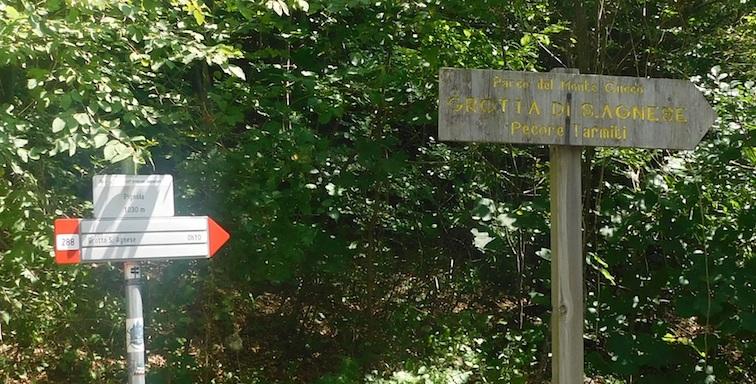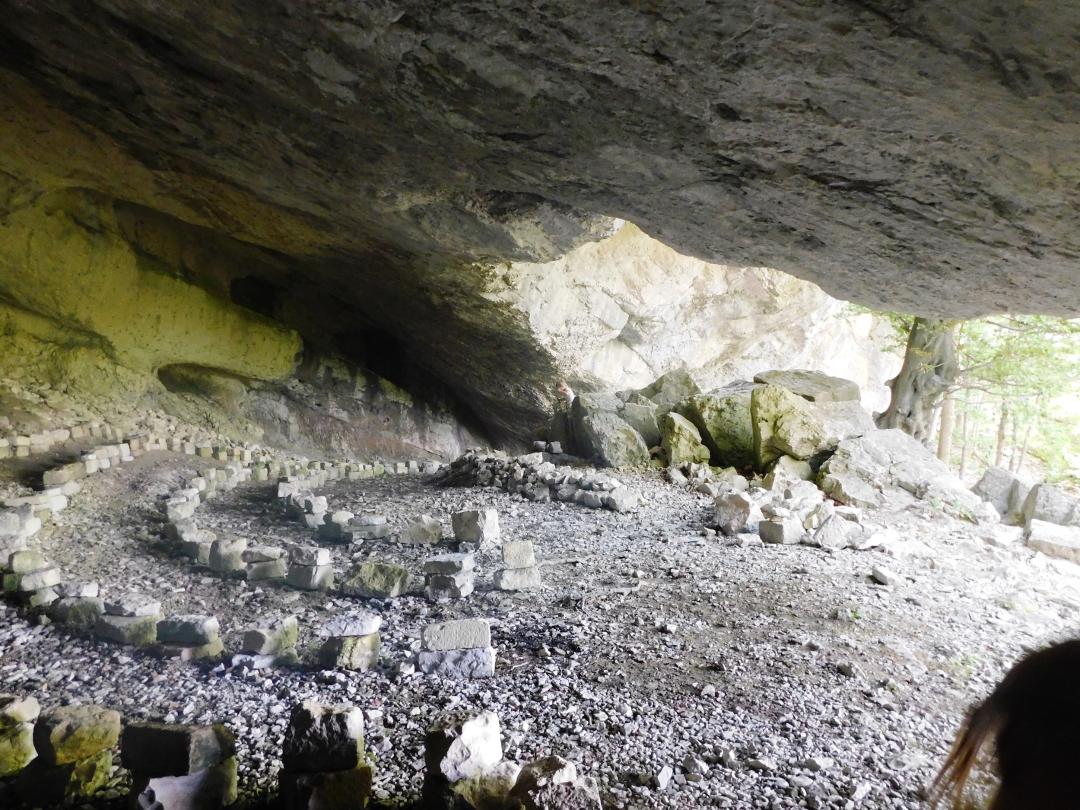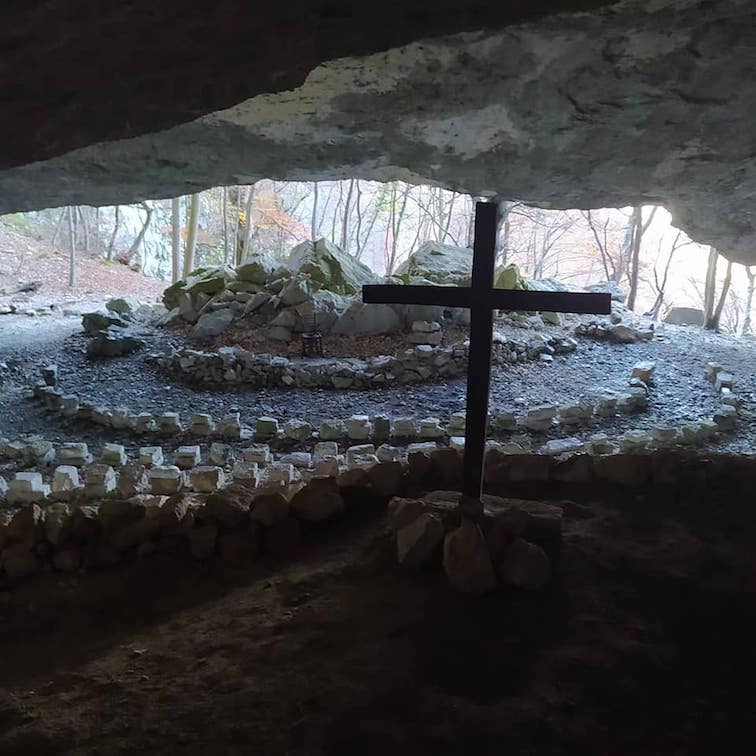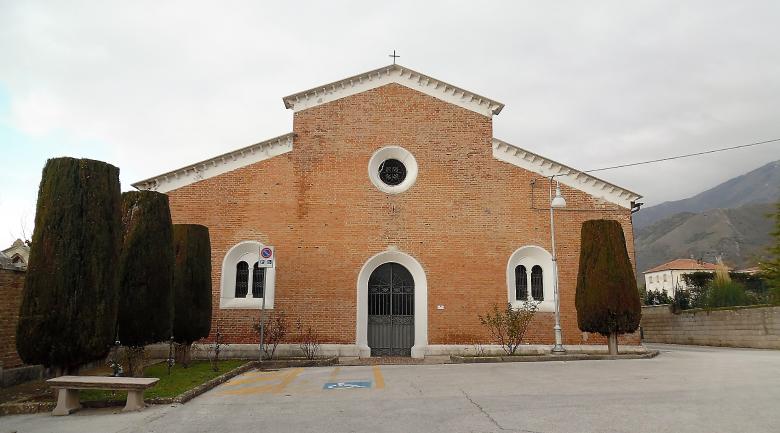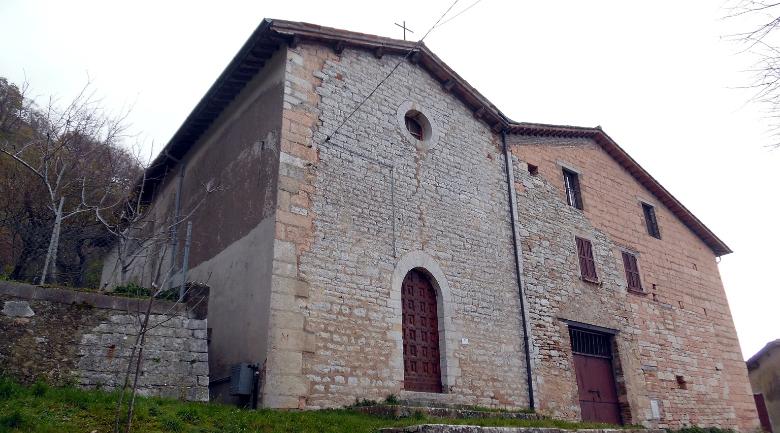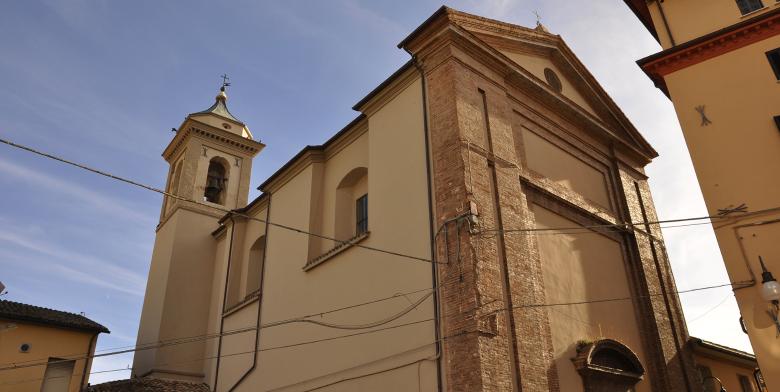Saint Agnese’s Cave
Along the western slope of the Monte Cucco Park, in the municipality of Costacciaro, at an altitude of 1,050 metres, is Saint Agnese’s cave. Located inside one of the largest and oldest beech forests on Monte Cucco, known as the “Pignola”, the cave is easily reached by following the marked hiking trail for about one kilometre along the road leading to Pian delle Macinare.
A popular destination for tourists and the site of occasional liturgical celebrations, the cave features a large hall of about 50 metres, formed by the dissolution and collapse of less compact rock layers.
Its current conformation, characterised by a large rocky vault that acts as a cover for the cave’s interior space, makes it an ideal shelter in case of bad weather. This natural shelter role is further evidenced by the presence of dry stone walls. Used in past times as a shelter for livestock, these probably date back to the presence of a hermit cell in use between the 12th and 13th centuries, which local tradition identifies as the place of retreat of the young Agnese.
Later, the interior of the cave housed a Christian place of worship that remained active until the beginning of the 15th century, as evidenced by a construction in the centre of the cave interpreted as a large stoup or altar base.
During the Second World War it became the refuge for the inhabitants of Costacciaro who wanted to escape forced conscription, while today the cave attracts numerous visitors every year, whose signatures and comments are collected in a book placed near the large cross in the centre of the rocky cavern.
























.jpg/ab6c5eaf-a8e5-0411-8cd6-2e21411c2f2e?width=1920)
